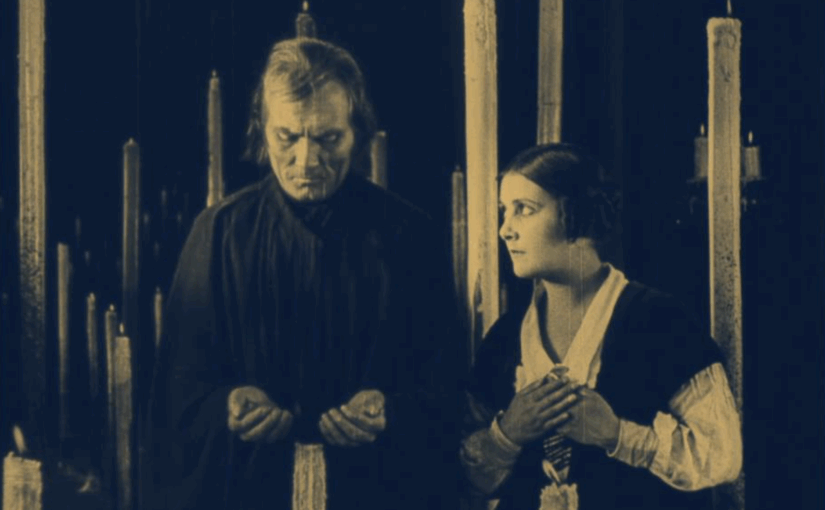Fritz Lang | 1hr 39min

When Death hitches a ride into town with a pair of lovers, they do not quite understand the mark that is placed on their heads. They live in a world of joy so sweet, they cannot fathom a force that would tear them apart, yet destiny holds no regard for such romantic affection. What lies behind the walls that Death has erected next to a cemetery is a mystery to the local villagers, so when the young woman’s fiancé mysteriously disappears one evening and is later witnessed walking through the barrier with a procession of ghosts, she is left in devastating grief.
Still, she does not give up so easy on her lover. “Set me as a seal upon your heart, as a seal upon your arm, for love is strong as death,” she reads from the Bible’s Song of Solomon, and thus newly inspired, she sets out to win him back from the clutches of Death.
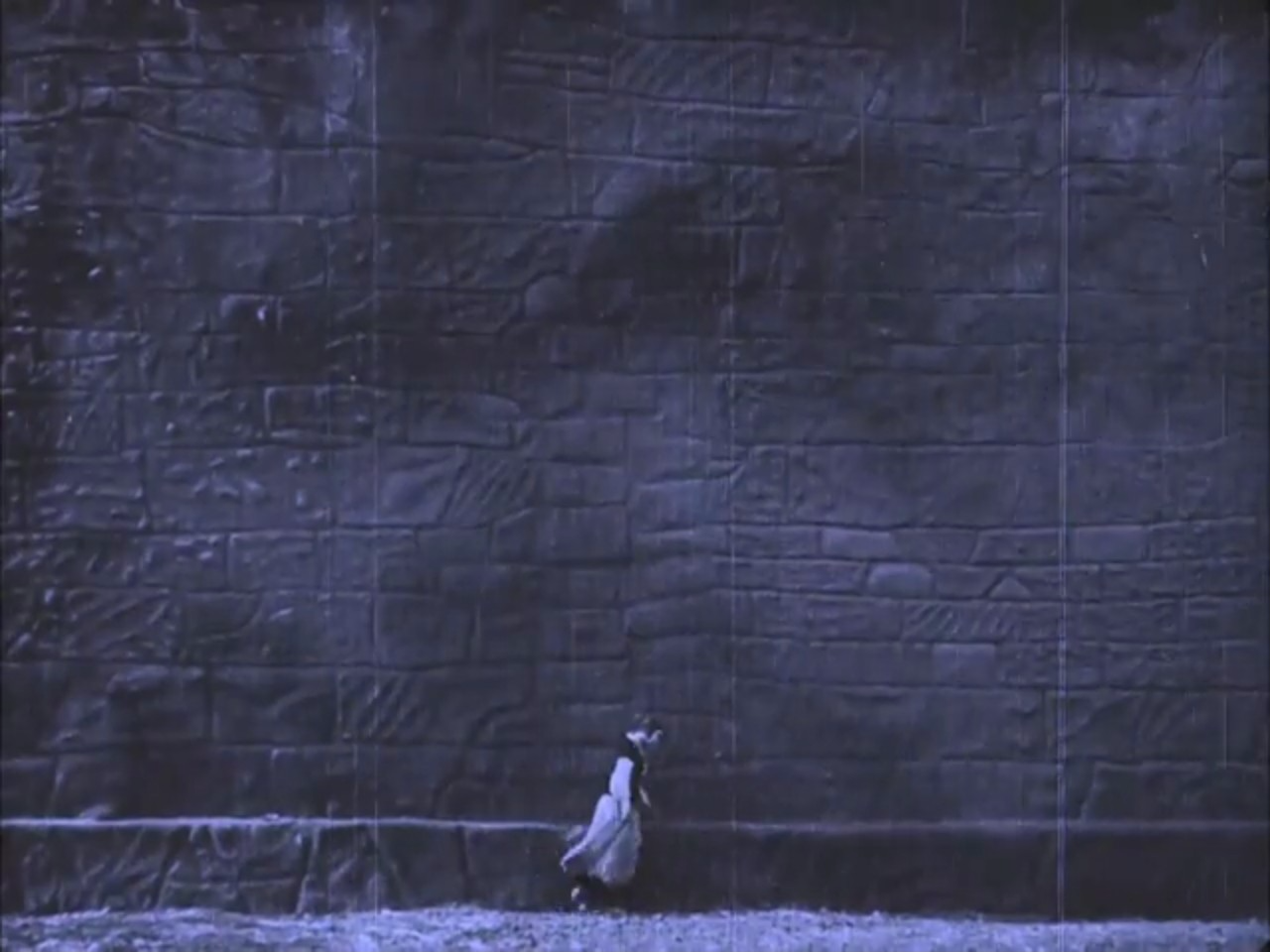
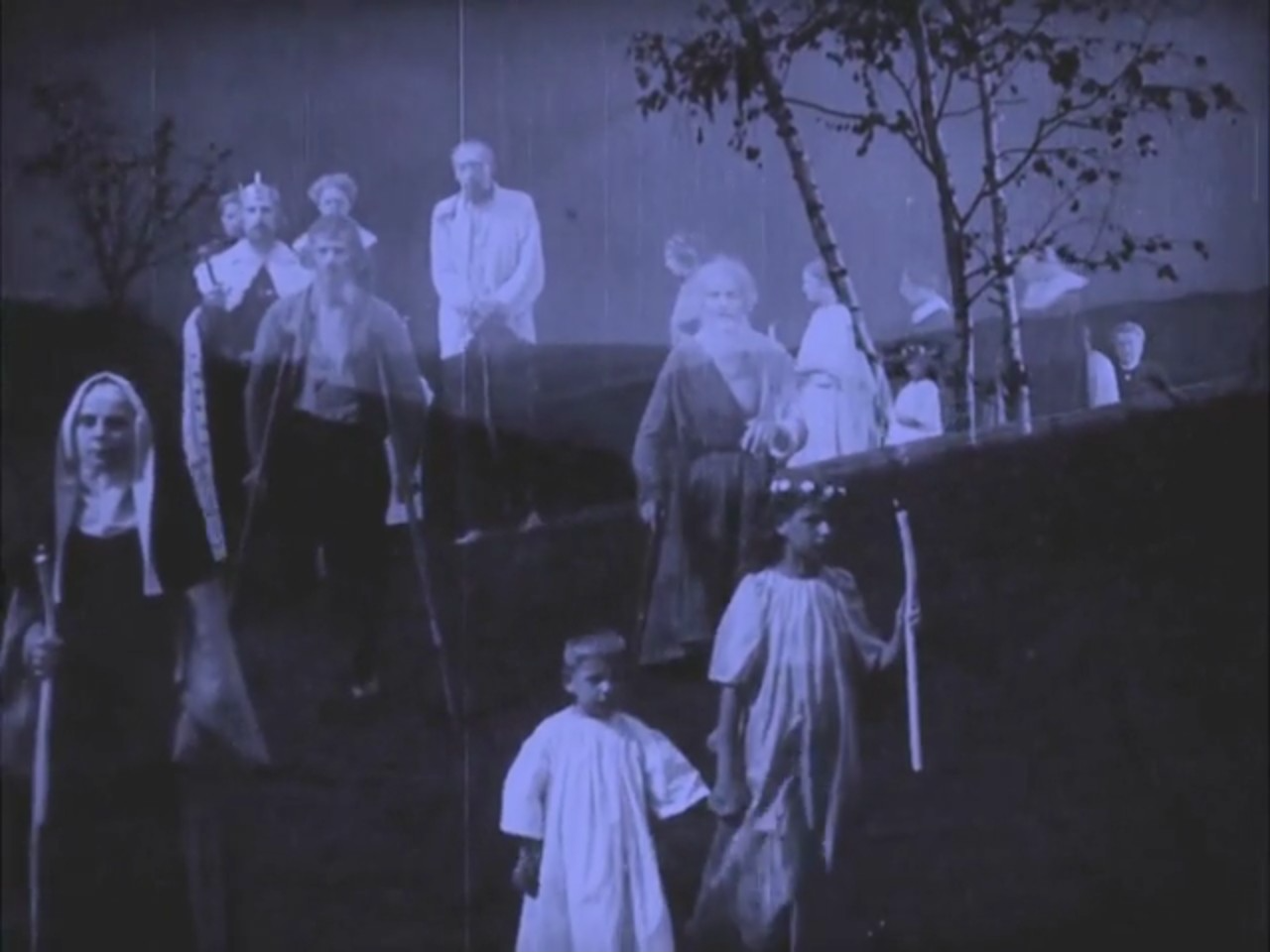
For Fritz Lang, this is merely the framework of his Gothic anthology film. Like the three other fables told here, the young woman’s bargaining with Death is grounded in archetypes stretching back centuries, underscoring the universality of her struggles, desires, and fears. It is rather through Lang’s haunting visuals where this film paints out astonishing visions of that eternal, incorporeal spectre which exists at the root of all human behaviours and, here in Destiny, takes eerie form with a black cape and gaunt, pale features.
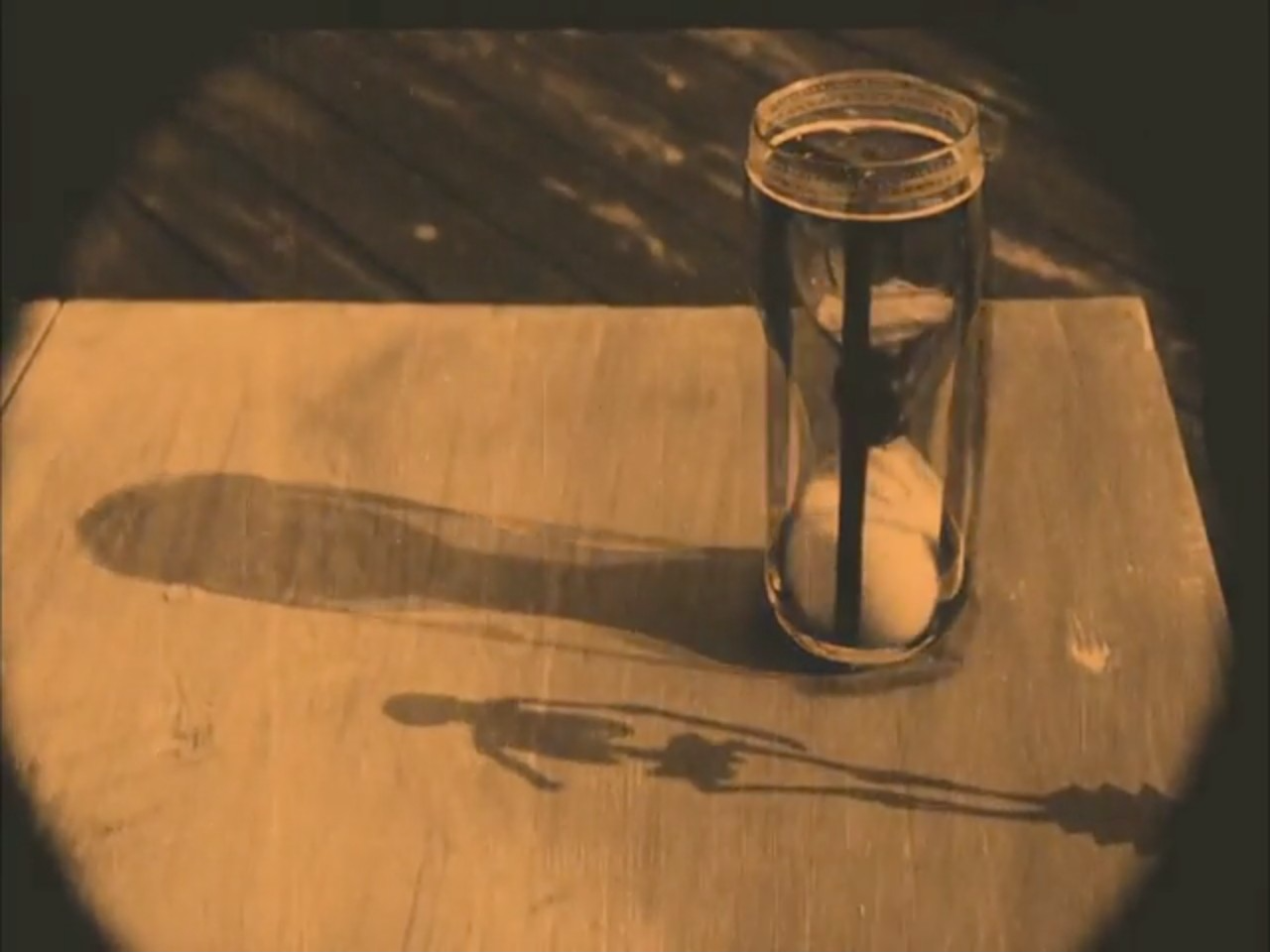
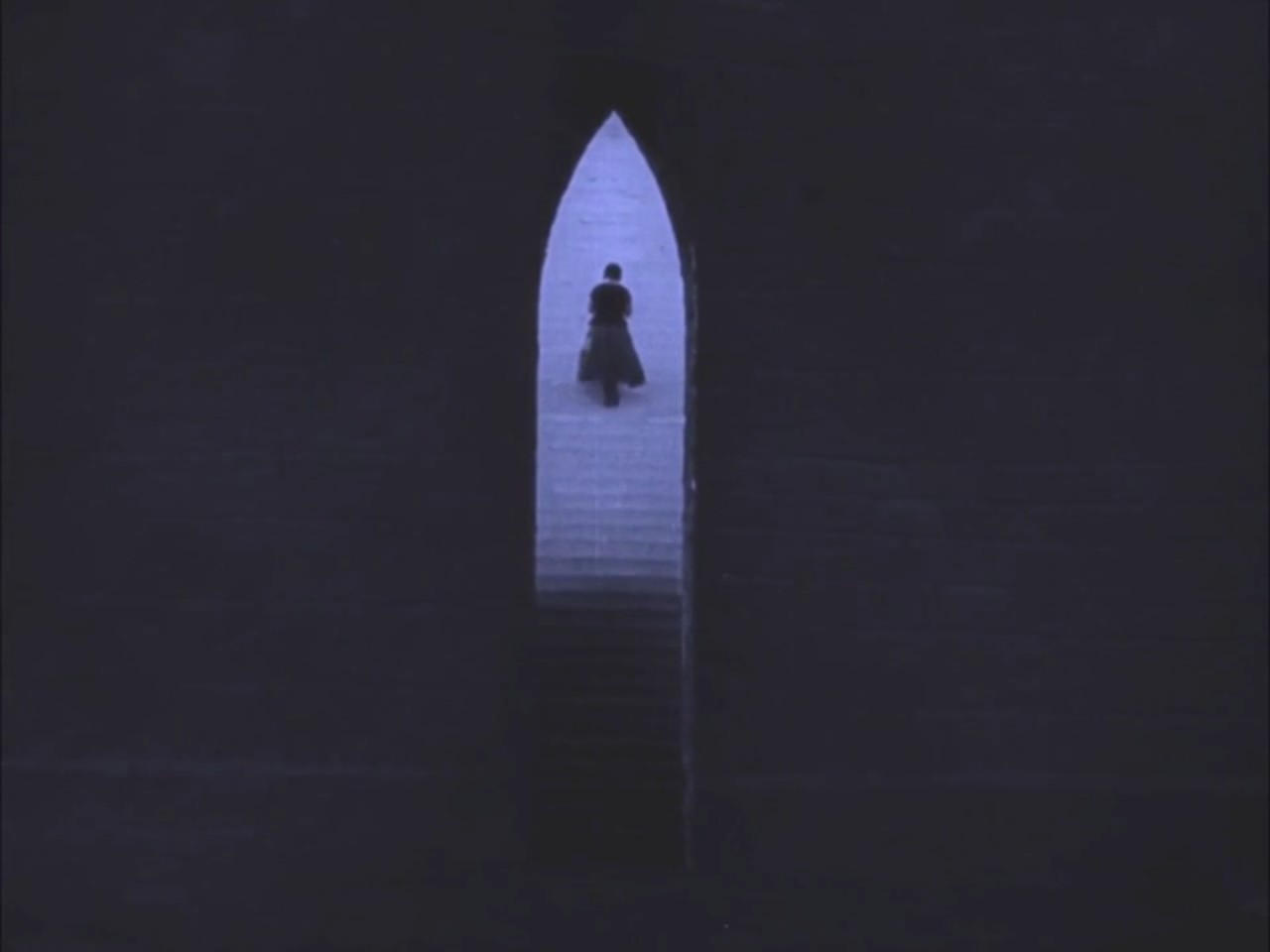
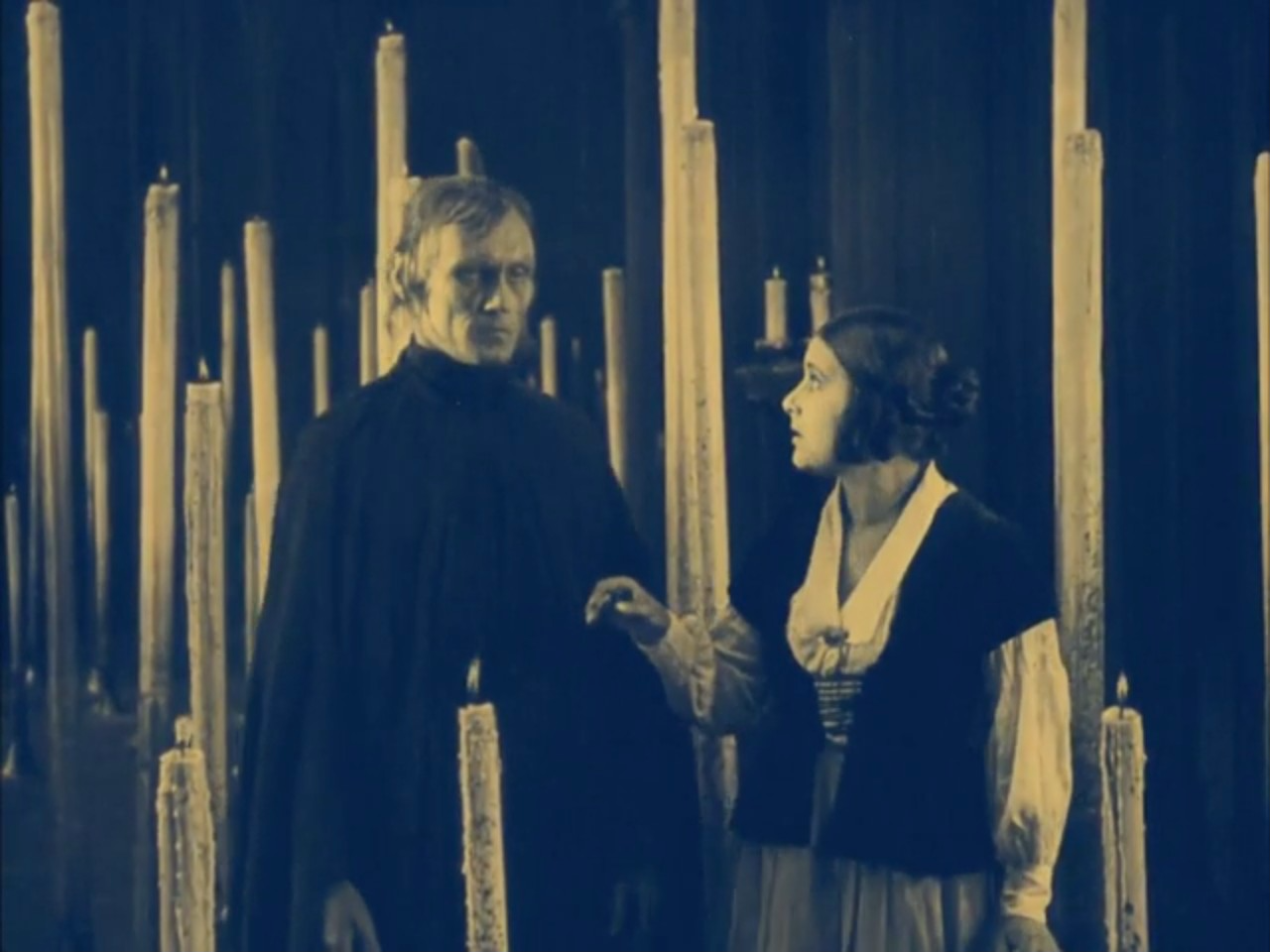
Illusory special effects suggest Death’s presence to excellent effect here, manifesting translucent ghosts and the supernatural transfiguration of a pint glass into an hourglass, though Lang’s set designs are often even more impressive. Those who approach Death’s vast wall are dwarfed beneath its colossal façade which separates the living from the deceased, and when we finally cross to the other side with the young woman, we are met by a dark hall of long, towering candlesticks. Each one individually represents a life, Death explains, burnt up and eventually extinguished. The woman’s love for her fiancé is pure, yet no more so than all those other grand stories of star-crossed sweethearts which echo throughout history, and certainly not enough to overcome life’s natural limits. Nevertheless, Death strikes a deal.
“Look at these three lights flickering out. I place in your hands the chance to save them! If you succeed, even with only one of them, I will give your loved one’s life to you!”
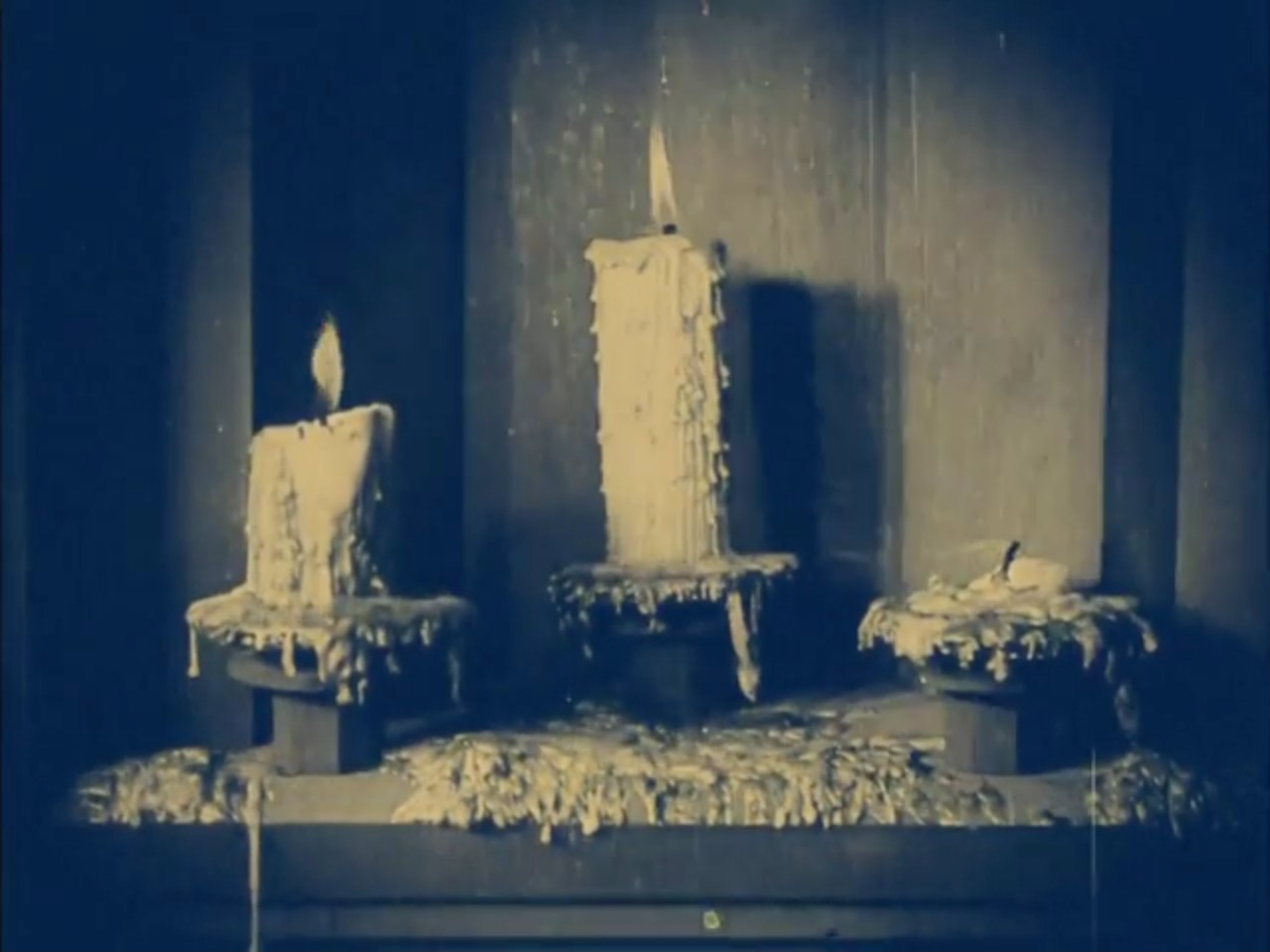
From here, Destiny splits into three tales, presenting mirrored narratives of doomed lovers and poetically recasting our two main actors as reincarnated versions of themselves. There is a slight touch of D.W. Griffith’s Intolerance present in this splintered storytelling, distinguishing each thread by their diverse settings, and as such Lang’s accomplishment of mise-en-scène only continues to expand. Where the Islamic city of the first tale is a busy settlement of patterned textiles and sandstone buildings, Venice is defined by its lavish Renaissance architecture, while the Chinese Empire is a paradise of highly stylised gardens and ornate palaces. Even the fonts of his intertitles shift with each fable too, as if translated and handed down by scribes to modern audiences.
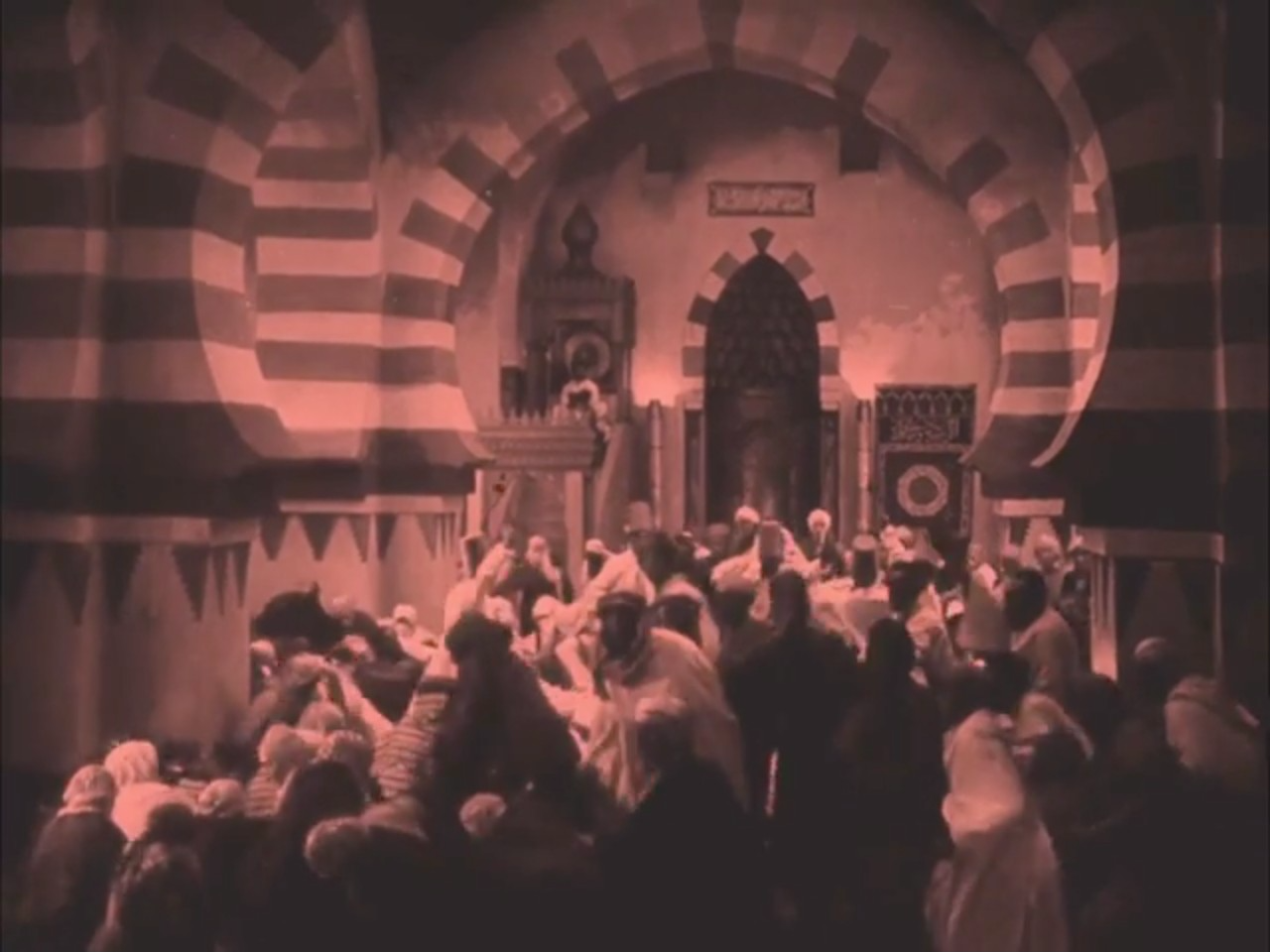
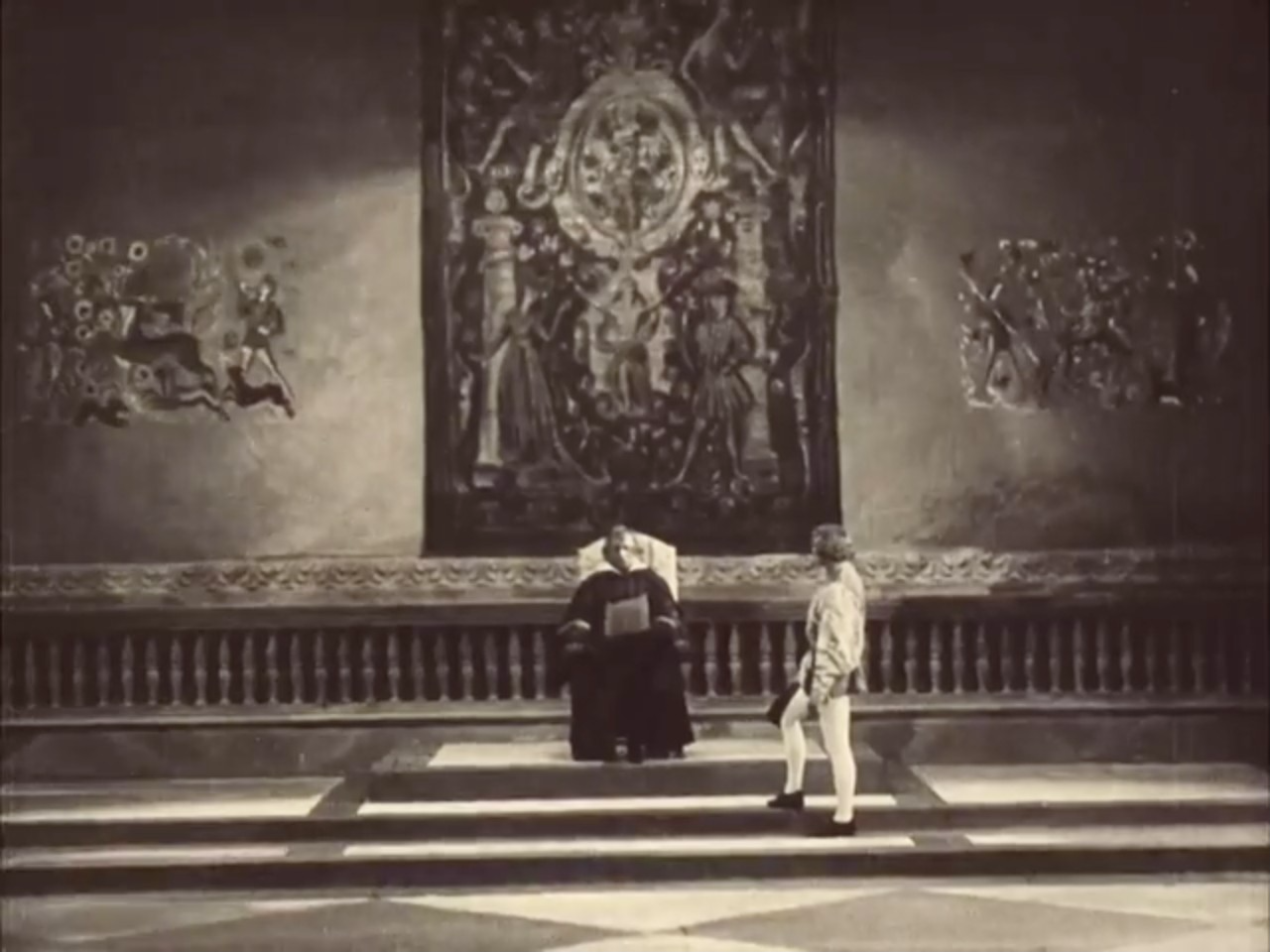
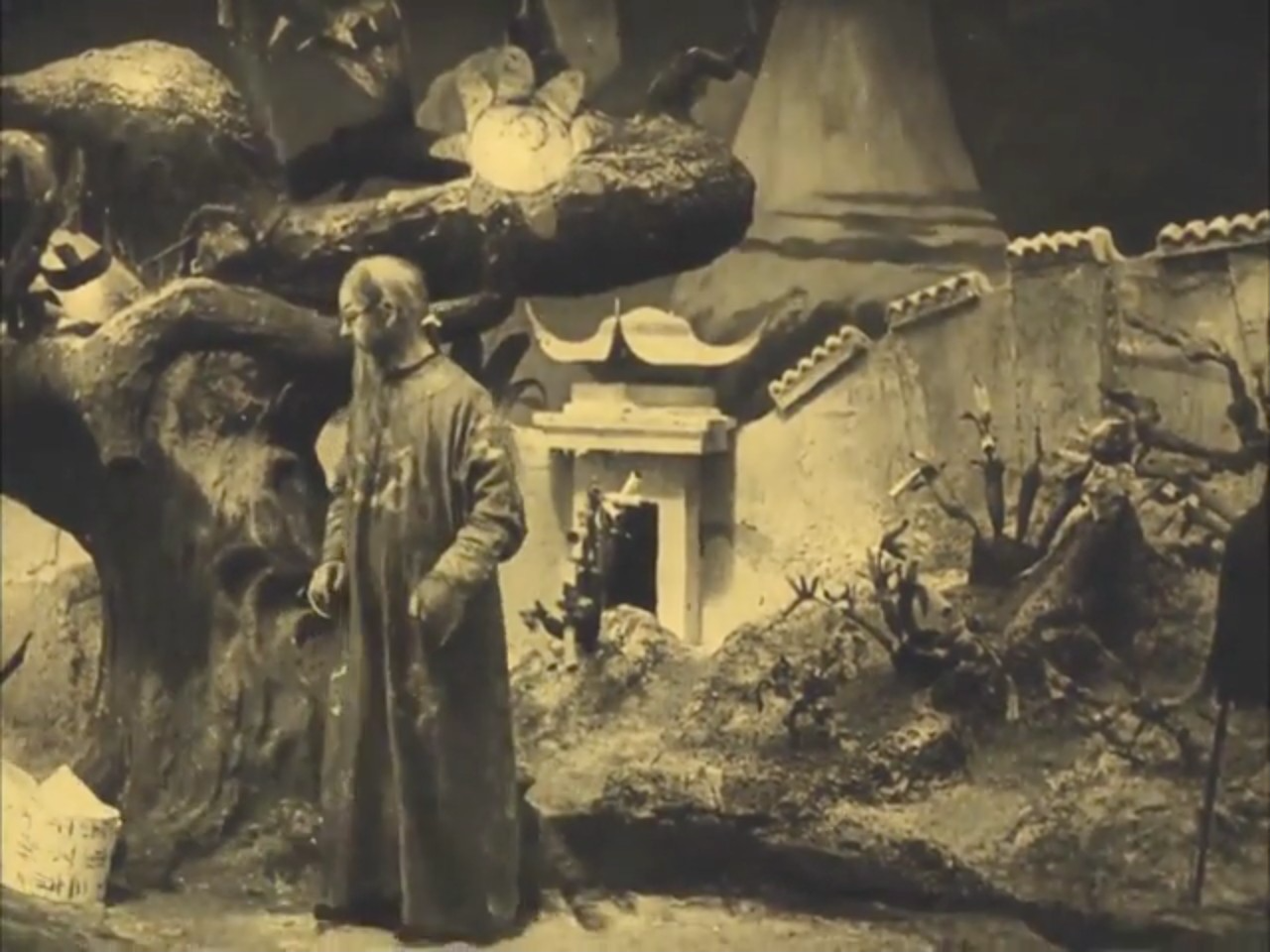
In the ‘Story of the First Light’, the Caliph’s sister Zobeide conducts a secret affair with a European derogatively branded a giaour – a non-Muslim. After the Caliph almost catches him during the holy month of Ramadan, Zobeide sends her servant to find the European and tell him to meet her in the palace at night. When the servant is followed by the Caliph’s guard though, the European is ultimately sentenced to be buried alive, thus extinguishing the first of Death’s three flames.
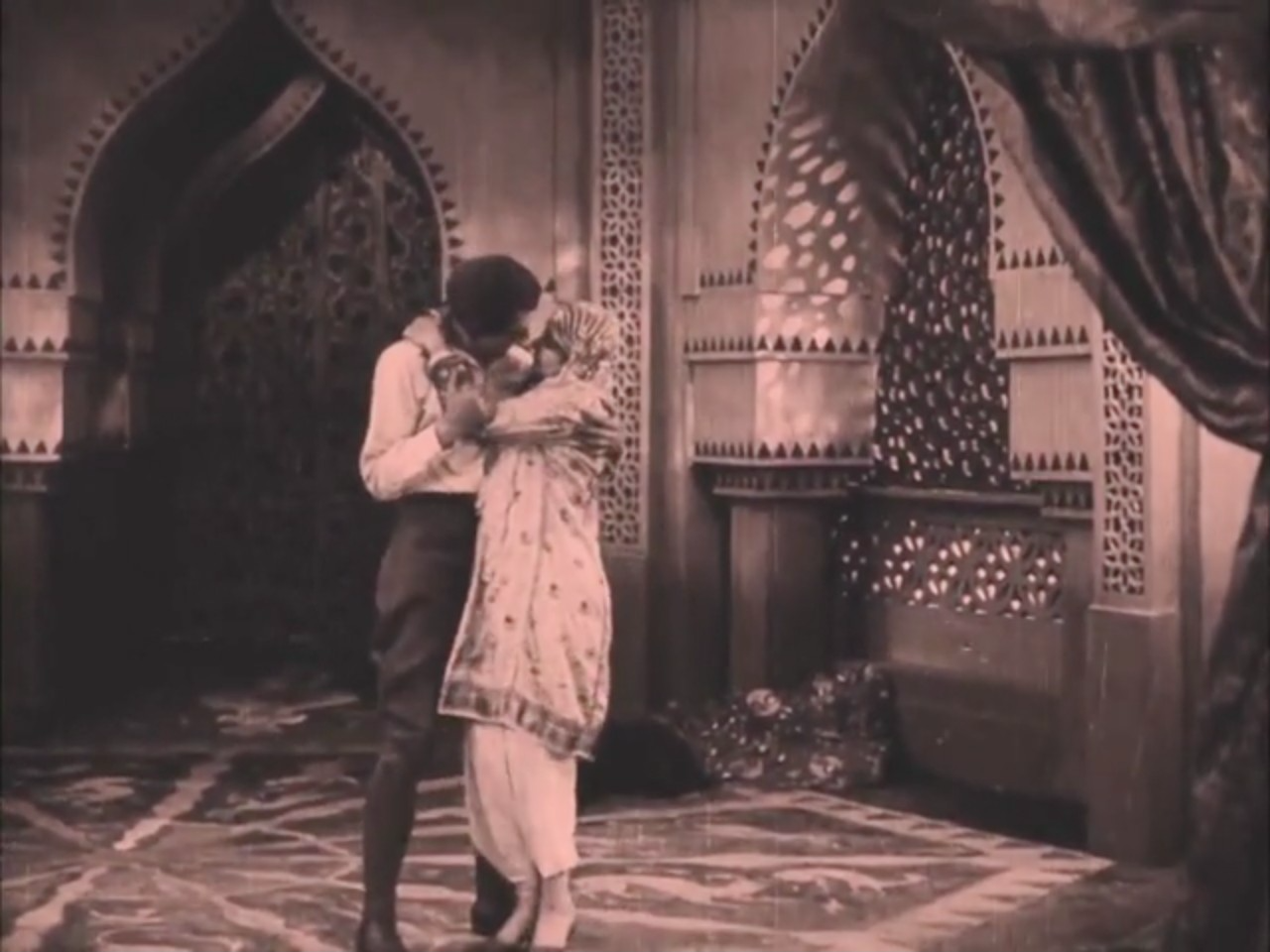
In the ‘Story of the Second Light’, a Venetian carnival sets the scene for a forbidden romance between noblewoman Monna and her middle-class lover Gianfrancesco. Her politically powerful and jealous fiancé Girolamo has no patience for such disloyalty, and so after hearing of her plans to kill him, he deliberately mixes up her letters and sends Gianfrancesco into her trap. With Monna tricked into accidentally killing the man she loves, the second flame burns out, and Girolamo’s earlier words ring painfully true.
“How near to death men often are without suspecting at all. They believe an eternity remains to them, yet they do not even outlive the rose with which they trifle.”
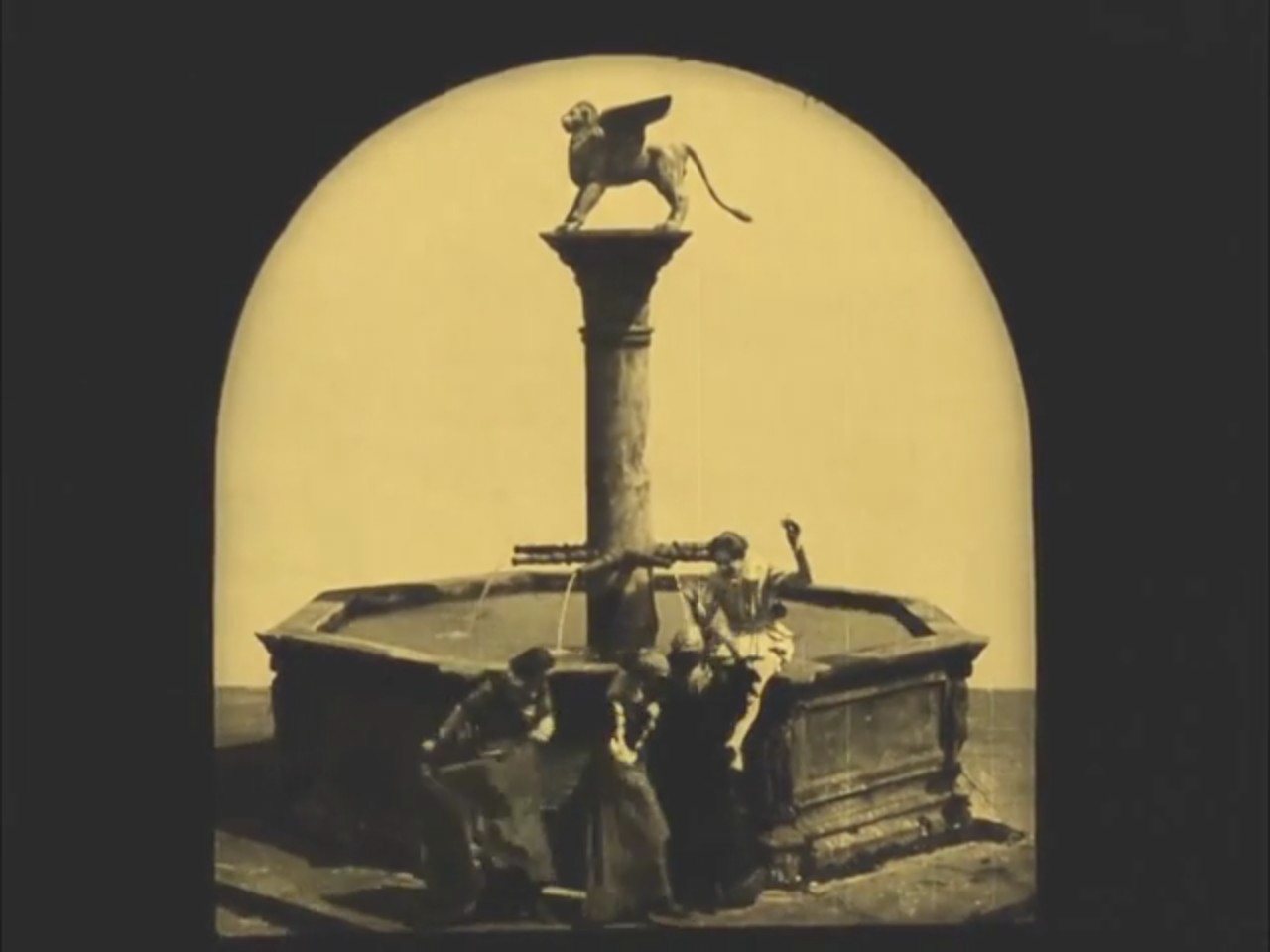
In the ‘Story of the Third Light’, Lang’s special effects bend our perceptions of reality further than ever when the magician A Hi is summoned to entertain the cruel Emperor of China. Stop-motion animation unravels an extraordinarily long scroll, miniatures and double exposure effects whisk us away with a flying carpet, and forced perspectives make a horse appear to rapidly grow while an army of pocket-sized soldiers emerge from A Hi’s robes. Still, the Emperor remains unimpressed, demanding the magician hand over his assistant Liang and thus provoking her lover, Tiao Tsien. Still Lang continues to weave movie magic of his own when Liang steals A Hi’s wand to escape, ultimately turning herself into a statue and her lover into a tiger that is slain by their pursuers. As a tear runs down the statue’s cheek, the final flame dissipates, proving once and for all that love cannot conquer mortality.
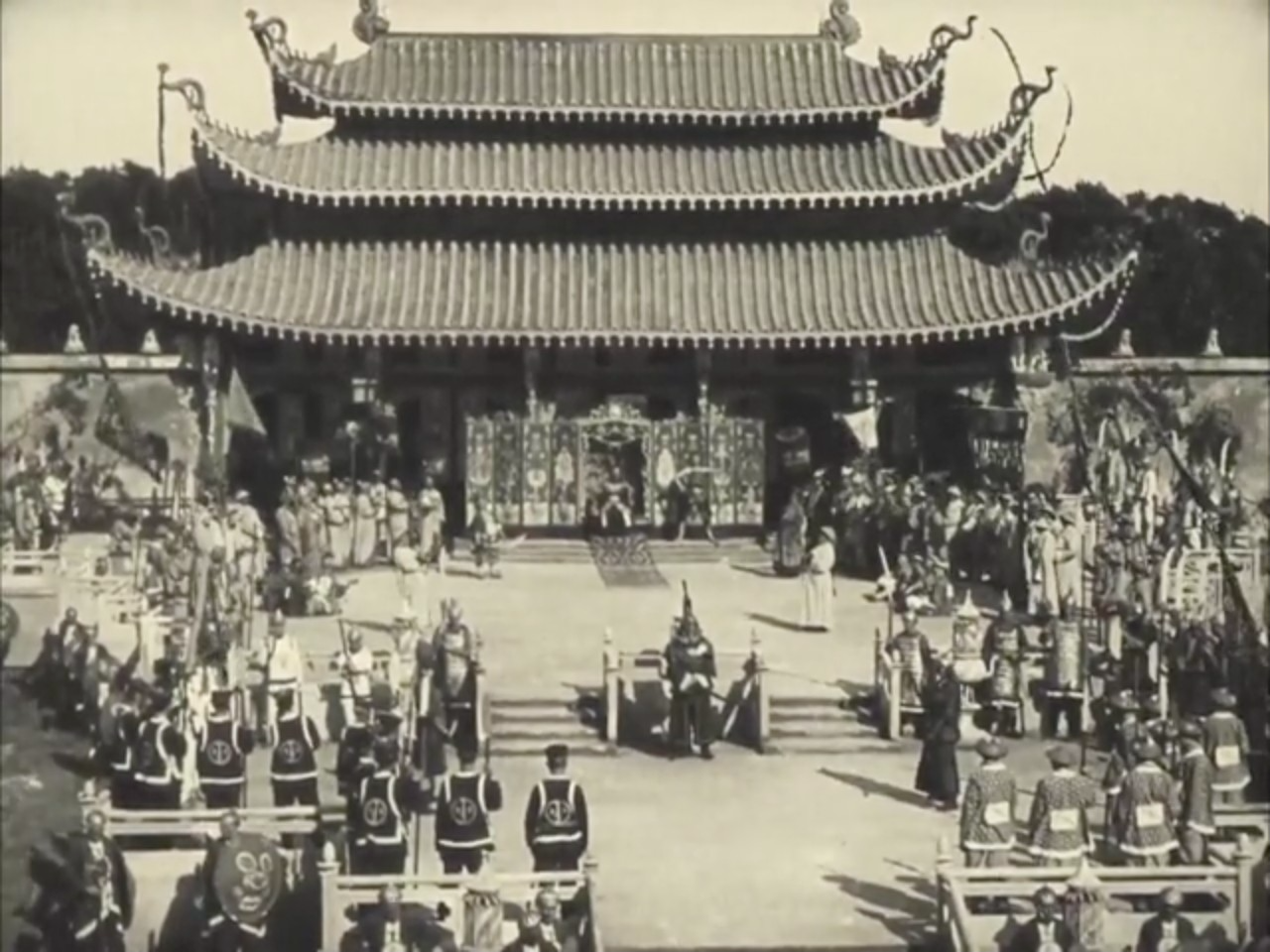
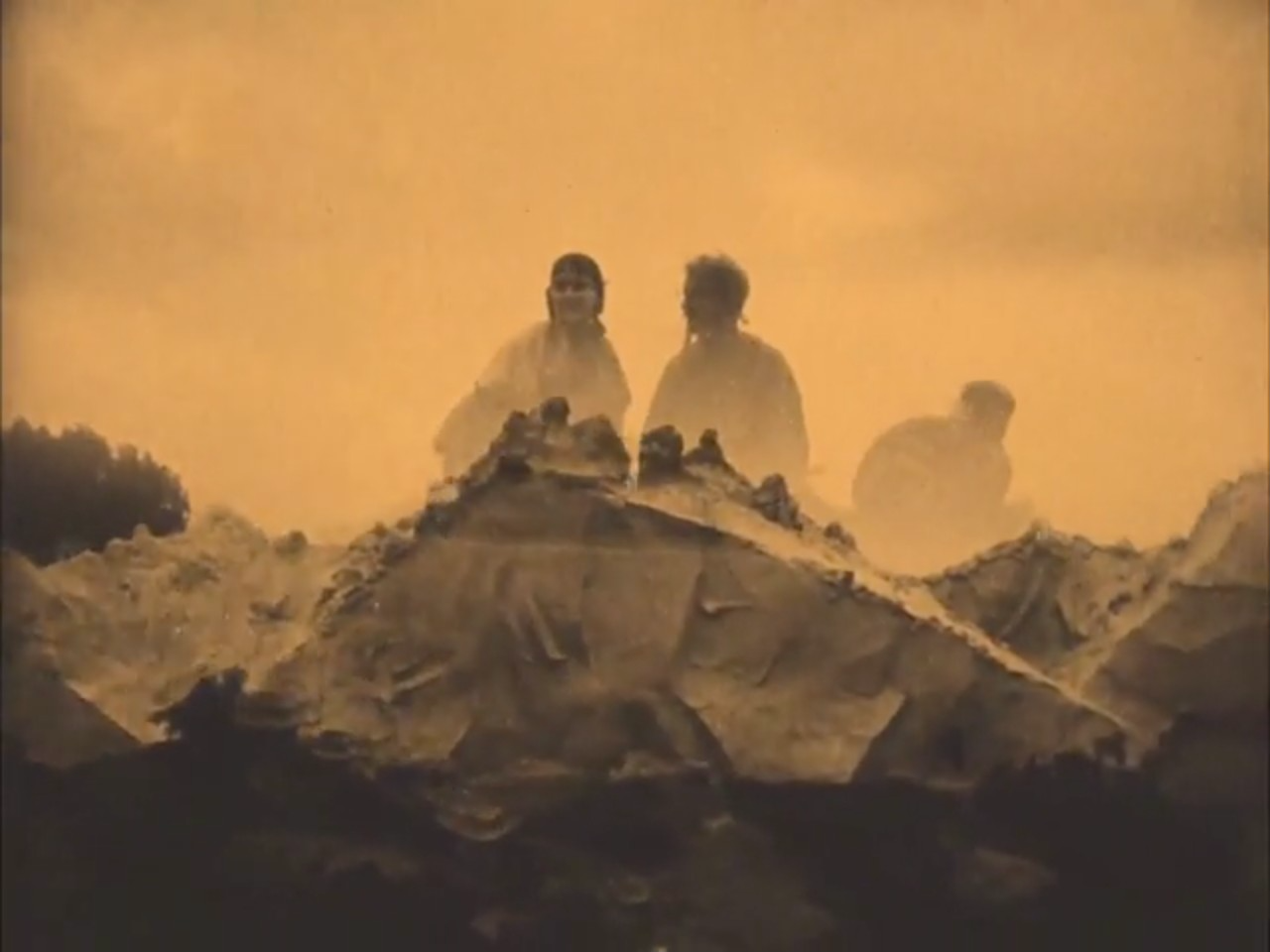
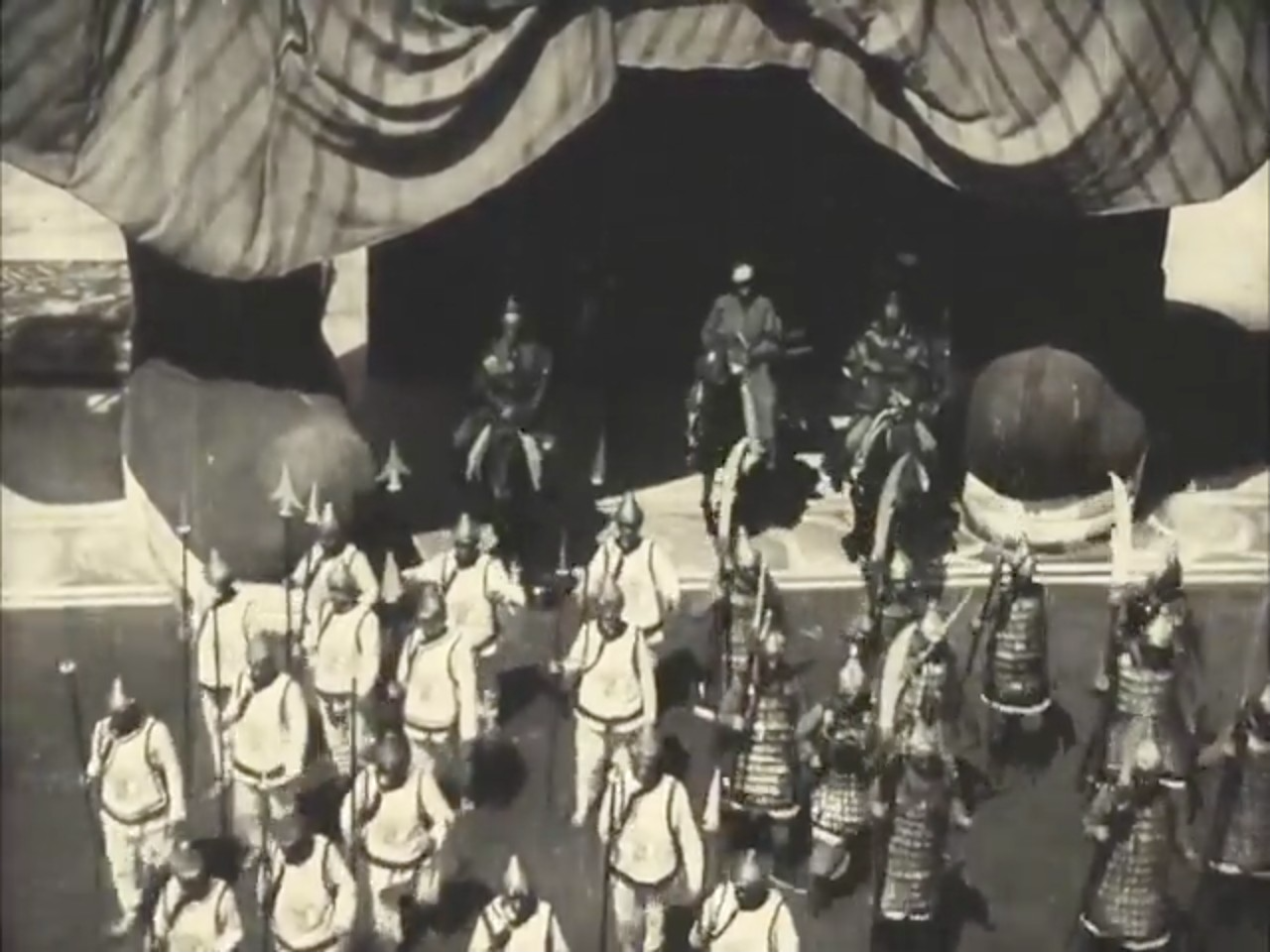
Still, Death does not claim victory over the young woman with such finality. If she can take the life of another in the hour before midnight, then she can trade it for the life of her beloved, maintaining that balance which governs all creatures. Desperate, she beseeches an old man and a beggar whose lives she believes are inconsequential, though her misfortune soon takes a turn when a fire breaks out in the neighbourhood. Lang’s colour tinting thus far has reflected the warm yellows of interiors and cool blues of the evening, but now as this blaze lights up the town, its startled villagers are consumed in red hues. His editing is similarly effective here as they attempt to douse it, cutting between their noble efforts, a mother’s panicked realisation that her baby is still trapped inside, and the young woman’s anxious journey inside to sacrifice the infant for her lover.
Nevertheless, this pure heart cannot be so easily corrupted when the innocence of another is on the line. “I was not able to overcome you for that price,” she cries to Death.
“Now take my life as well! For without my beloved it is less than nothing to me!”
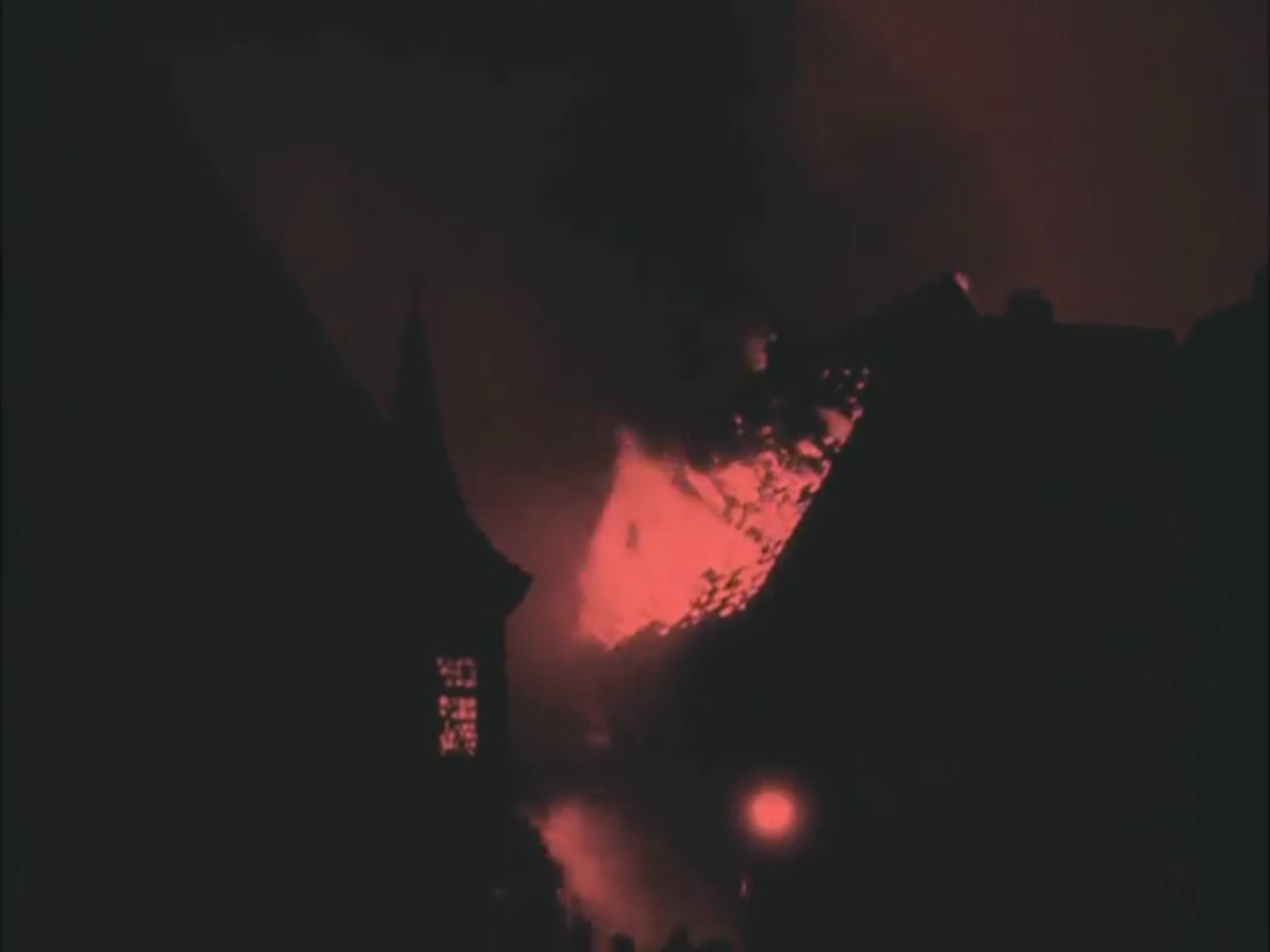
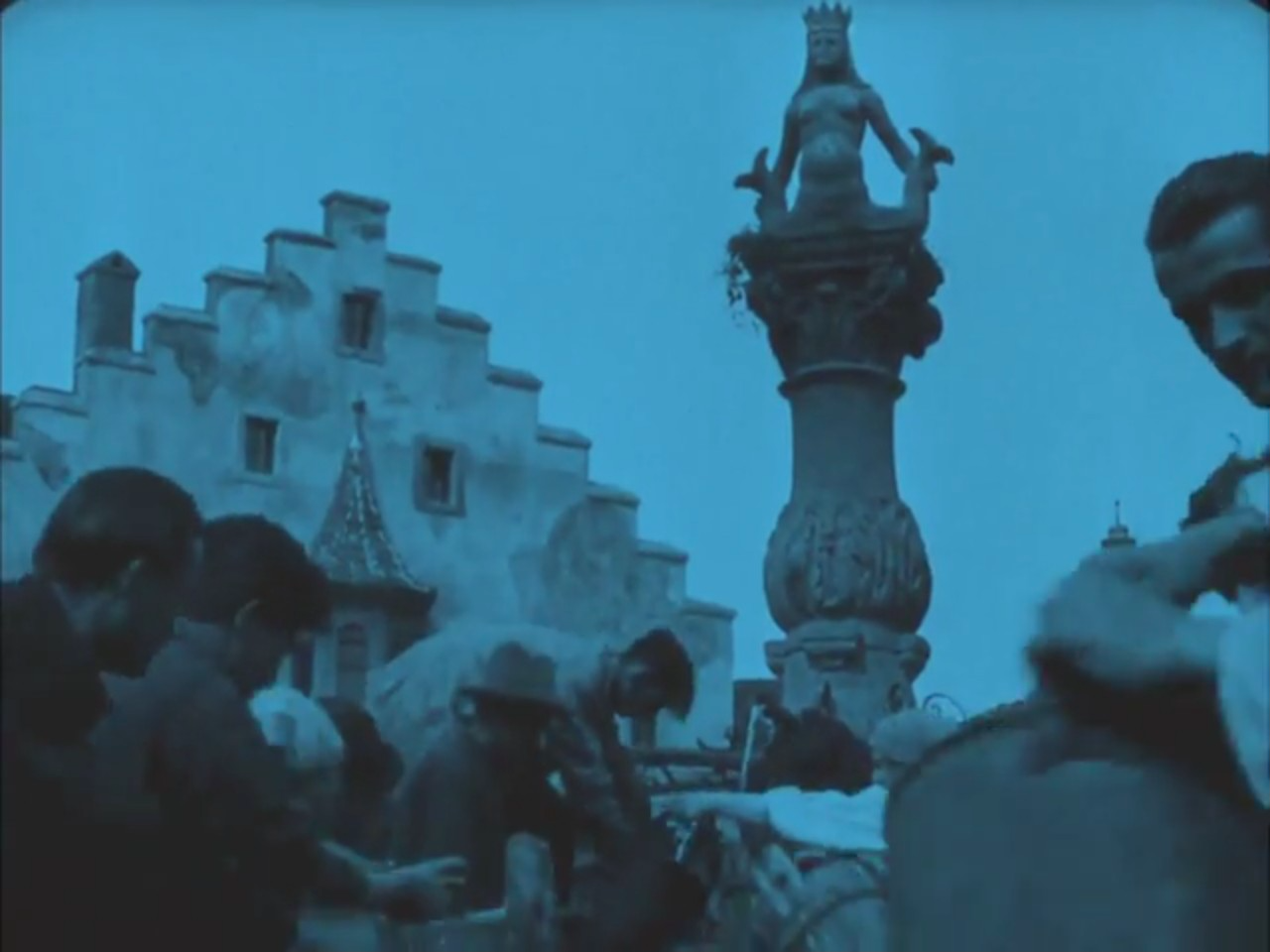
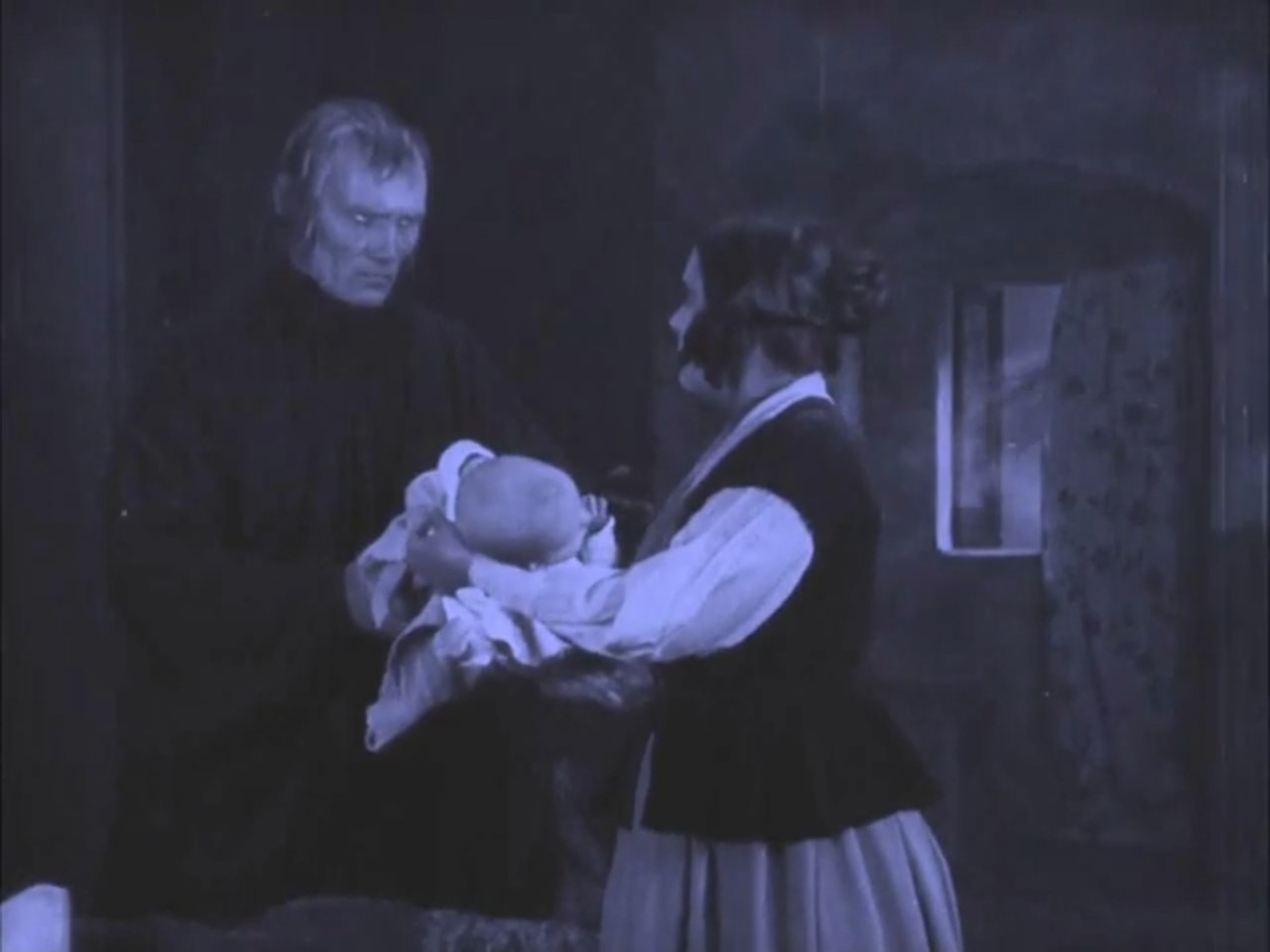
Just as like the candle motif marked the end of a life with a snuffed-out flame, the extinguished house fire signifies the loss of another, sending the young woman to meet her fiancé in the afterlife. Clearly no love, no matter how great, can loosen the grip of death – yet this does not mean that it too must perish, as we witness their ghostly apparitions ascend to the heavens. Within Fritz Lang’s Gothic compendium, love is immortalised across all ages through the very act of storytelling, bound to a destiny as timeless as the tales themselves.
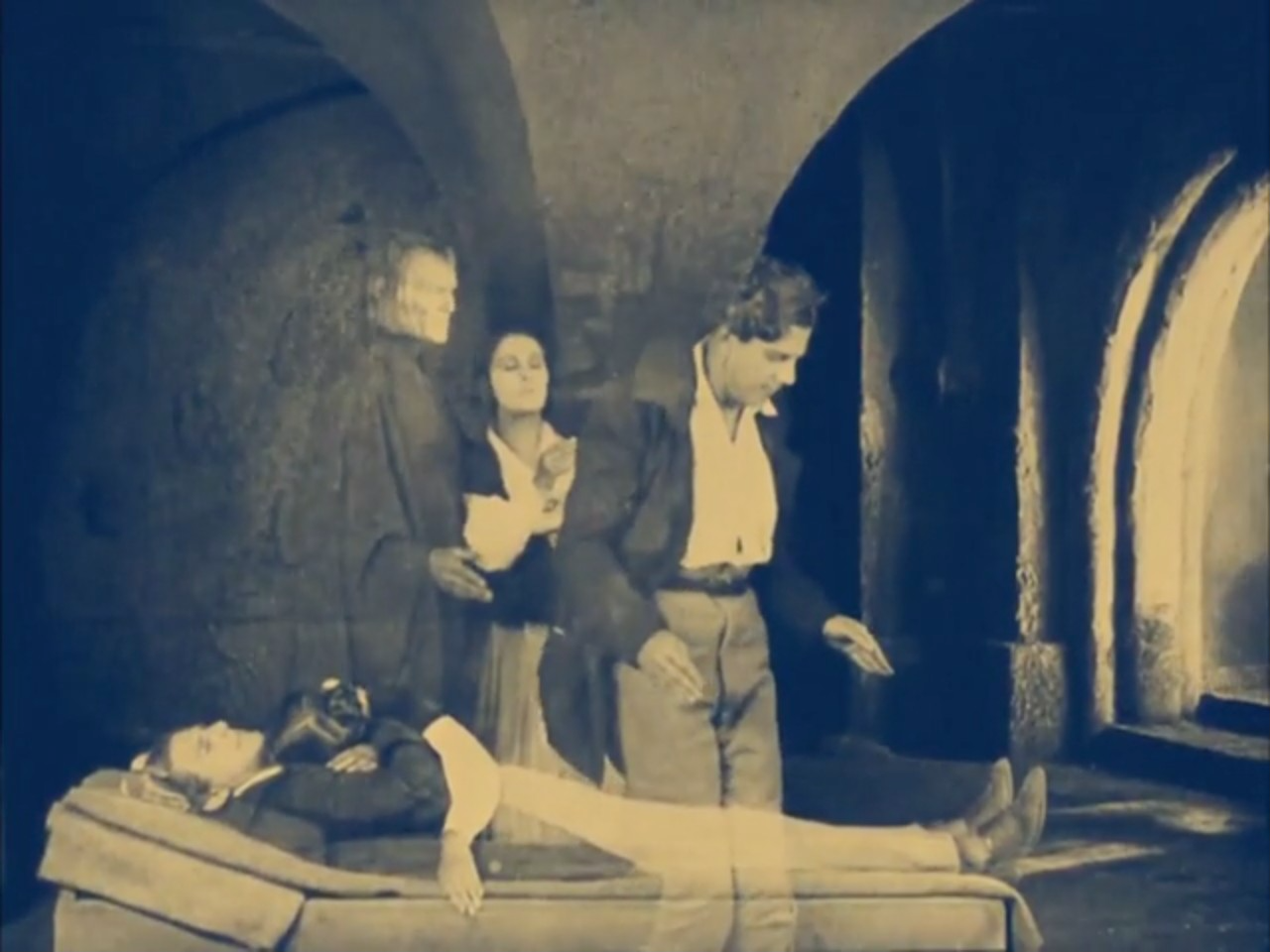
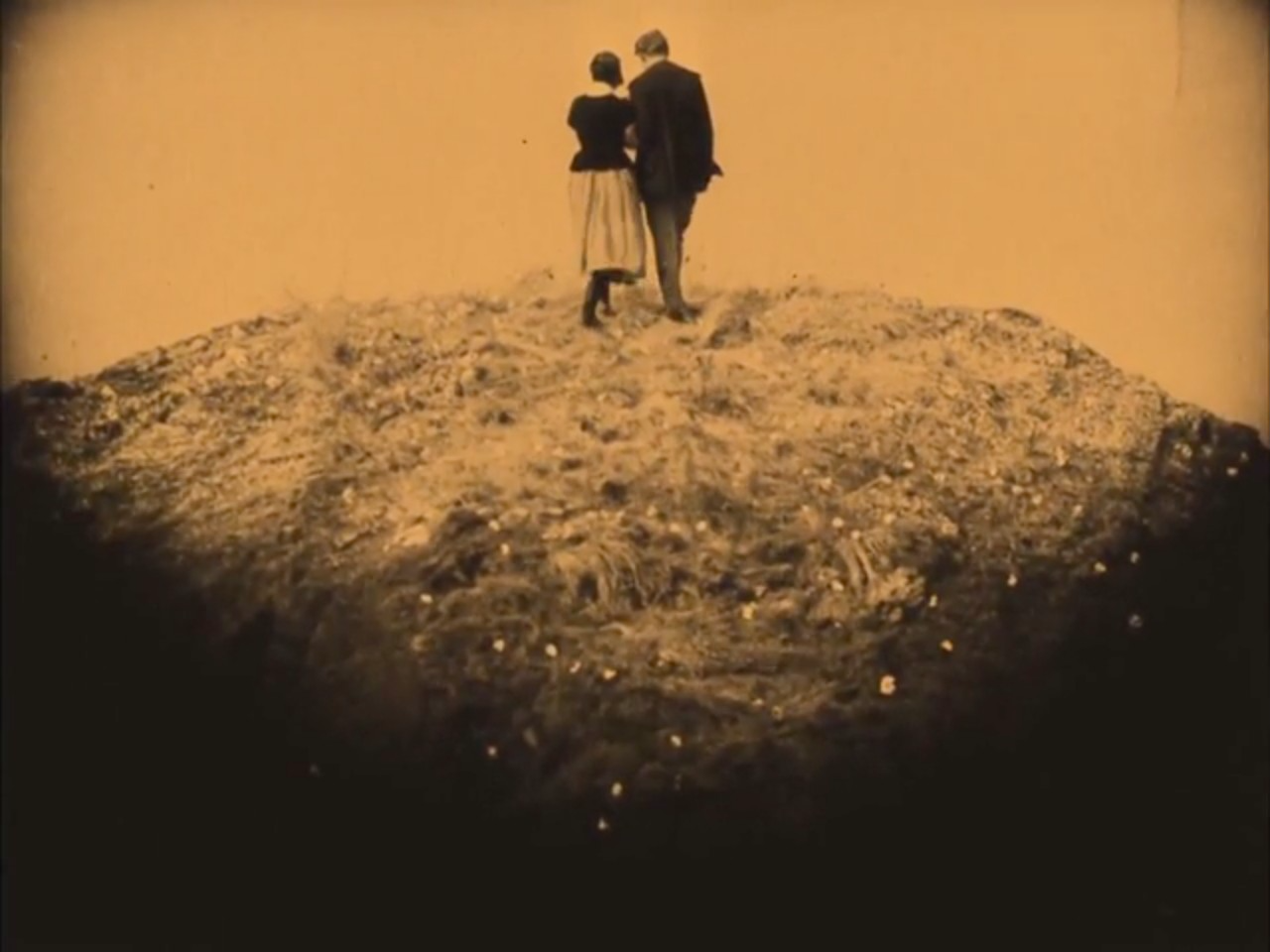
Destiny is currently in the public domain and is available to watch on free video sharing sites such as YouTube.

